Rosetta - the nucleus of the comet is close
Nearing the climax is the Rosetta long-term space expedition. This fall will be a unique landing of the Philae spacecraft at the nucleus of the comet 67P / Churyumov-Gerasimenko, but for now Rosetta is approaching the comet every day and is already receiving intriguing scientific information.
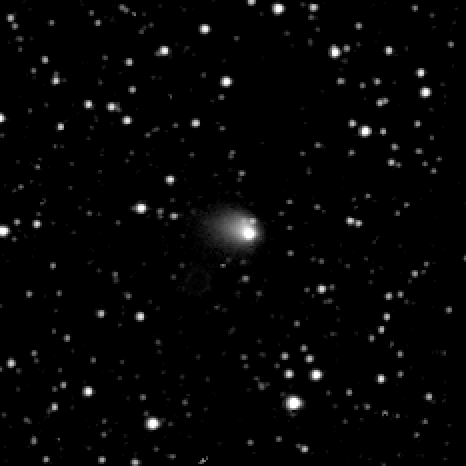
Comet Churyumov-Gerasimenko was discovered in 1969 by Soviet scientists Klim Churyumov and Svetlana Gerasimenko. The comet refers to the short-period, i.e. it does not fly to the depths of the Oort cloud, to the outskirts of the solar system, but rotates flying away a little further than the orbit of Jupiter. Every 6.6 years, it comes close to the Sun, but not so much to evaporate, like ISON . 67P does not approach the star even to the Earth's orbit.

')
Comet Churyumov-Gerasimenko was selected by the European Space Agency (ESA) for a thorough study of the Rosetta probe with the descent vehicle Philae. The choice occurred, in part, by accident. It was originally planned to study the Comet Virtanen, but the launch of Rosetta had to be postponed due to a malfunction of the Arian-5 rocket. When the rocket problem was solved, comet Churyumov-Gerasimenko turned out to be the most convenient to launch.
The feature of the Rosetta mission is that earlier all research stations studied comets on opposite trajectories, and the close rendezvous took hours or minutes.

Now Rosetta is catching up with the comet, and in August it will enter its orbit (more precisely, it will just rotate alongside).
As it turned out, an occasional hitch with a booster rocket gave scientists a chance to conduct an even more complex and fruitful research than they had expected. The comet has already thrown a few surprises that no one expected from it.
Now the comet is moving closer to the Sun, therefore, when its gas-dust coma began to grow in April, no one was surprised. But in May, the growth of the coma stopped, and in June it was again in the form of an almost bare piece of stone and ice.
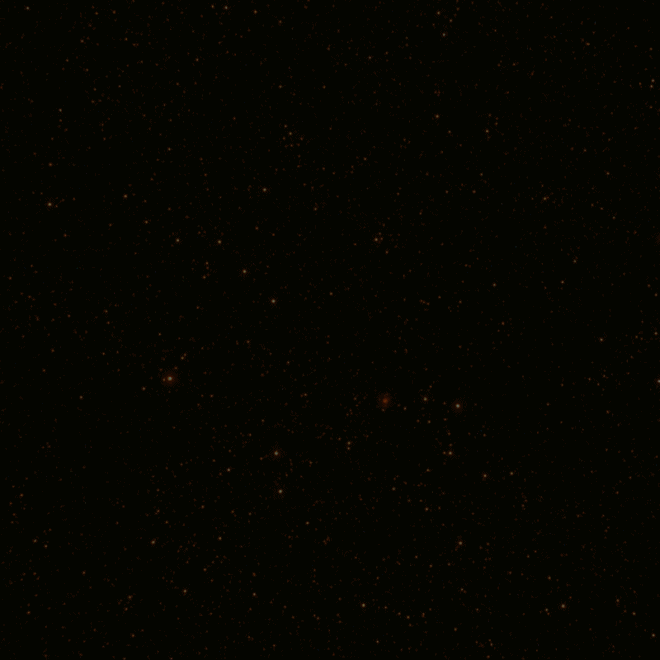
In June, NASA scientists switched on one of their three devices, which they placed on Rosetta by agreement with their European colleagues. The instruments analyzed the volumes of water vapor that a comet ejects. The release was about 300 milliliters of water per second. For the four-kilometer "dirty snow" the result is more than modest, although almost 26 tons per day - it sounds more solid.
In June, the first images began to arrive in which the comet core began to occupy more than one pixel. Previously, the comet's shape was modeled on the basis of the Hubble images, and for a long time this survey was the most accurate. The ESA has produced quite a few illustrations of cometary images, which are obtained thanks to Hubble.

June 28, when the distance to 67P left 86 thousand km, the scientists were able to get a series of shots, allowing to see the rotation of the nucleus.
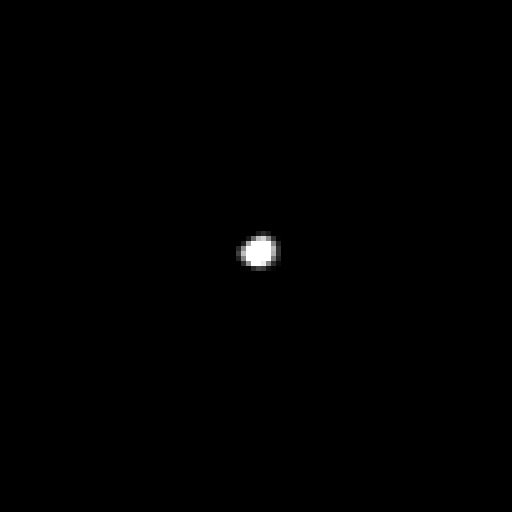
But it took to halve the distance to begin to distinguish its shape. On July 4, the distance to the comet was 37 thousand km, and new images showed that the comet is different from the image that was expected.

On July 14, from a distance of 12 thousand km, a new sensational detail opened: comet 67P / Churyumov-Gerasimenko seems to have two nuclei!
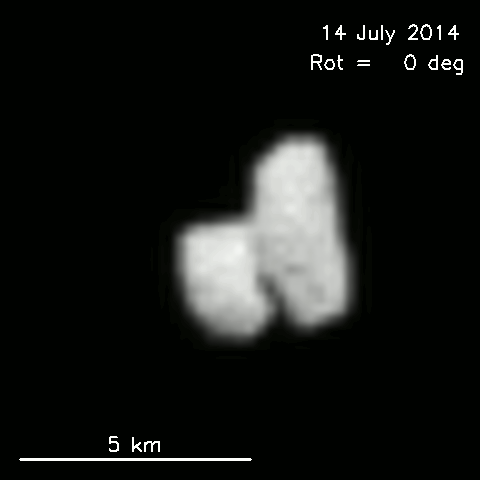
Nothing like this has ever been observed. Earth's probes have already encountered “stuck together” asteroids, like Itokawa, but this is the first time with a comet. Before us may be the result of the decay of a larger nucleus, when the comet crumbled from heating into several fragments, and then they again merged under the action of gravitational forces. But it may be that 67P / Churyumov-Gerasimenko is the result of the meeting of two different cometary nuclei. This can be established by analyzing their composition and the nature of gas and dust emissions. If there is a second option, then this will open up a unique opportunity for scientists to study two comets at once. They could not even dream of such a gift from the solar system.
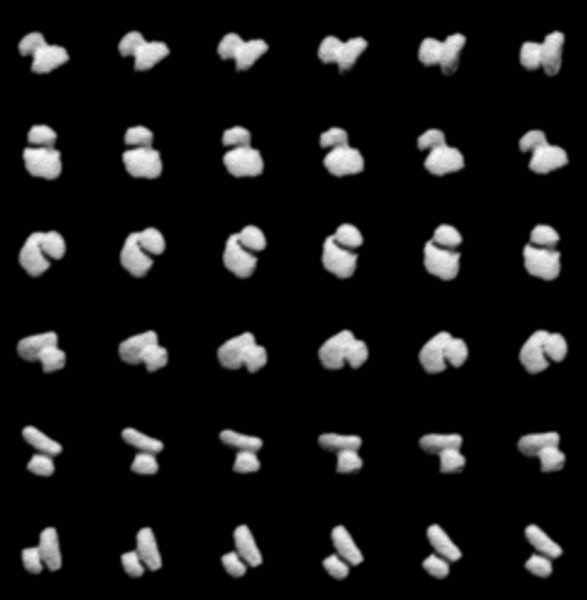
The jokers have already compared the shape of the comet's core with the toy duck, and suggested that one part should be called “Churyumov”, and the second “Gerasimenko”.
Now Rosetta is approaching a comet at a speed of about 2 thousand kilometers per day, that is, more and more accurate and detailed images arrive every day. Today, the distance from the probe to 67P should be about 4-5 thousand km, and many details on the surface should already be visible.
The trouble is that ESA scientists have a rule not to upload all the images as they are received, as NASA does, for example, with Curiosity personnel. At first, Europeans want to write articles, monographs and dissertations, and only then are they ready to share the results of Rosetta with the world. As a result of such a policy, a detailed shooting of the comet, we will have to wait from 6 months to a year, and now be content with only those crumbs that the ESA publishes after long approvals between all scientific groups.
We follow the development of events. In the meantime, here you can see a lecture by Klim Churyumov dated May 23, 2014 about the research of comets. Imagine what it is like to him now: 45 years ago to detect a comet, and now watch how it becomes the most studied comet in the entire history of science.

Comet Churyumov-Gerasimenko was discovered in 1969 by Soviet scientists Klim Churyumov and Svetlana Gerasimenko. The comet refers to the short-period, i.e. it does not fly to the depths of the Oort cloud, to the outskirts of the solar system, but rotates flying away a little further than the orbit of Jupiter. Every 6.6 years, it comes close to the Sun, but not so much to evaporate, like ISON . 67P does not approach the star even to the Earth's orbit.

')
Comet Churyumov-Gerasimenko was selected by the European Space Agency (ESA) for a thorough study of the Rosetta probe with the descent vehicle Philae. The choice occurred, in part, by accident. It was originally planned to study the Comet Virtanen, but the launch of Rosetta had to be postponed due to a malfunction of the Arian-5 rocket. When the rocket problem was solved, comet Churyumov-Gerasimenko turned out to be the most convenient to launch.
The feature of the Rosetta mission is that earlier all research stations studied comets on opposite trajectories, and the close rendezvous took hours or minutes.

Now Rosetta is catching up with the comet, and in August it will enter its orbit (more precisely, it will just rotate alongside).
As it turned out, an occasional hitch with a booster rocket gave scientists a chance to conduct an even more complex and fruitful research than they had expected. The comet has already thrown a few surprises that no one expected from it.
Now the comet is moving closer to the Sun, therefore, when its gas-dust coma began to grow in April, no one was surprised. But in May, the growth of the coma stopped, and in June it was again in the form of an almost bare piece of stone and ice.

In June, NASA scientists switched on one of their three devices, which they placed on Rosetta by agreement with their European colleagues. The instruments analyzed the volumes of water vapor that a comet ejects. The release was about 300 milliliters of water per second. For the four-kilometer "dirty snow" the result is more than modest, although almost 26 tons per day - it sounds more solid.
In June, the first images began to arrive in which the comet core began to occupy more than one pixel. Previously, the comet's shape was modeled on the basis of the Hubble images, and for a long time this survey was the most accurate. The ESA has produced quite a few illustrations of cometary images, which are obtained thanks to Hubble.

June 28, when the distance to 67P left 86 thousand km, the scientists were able to get a series of shots, allowing to see the rotation of the nucleus.

But it took to halve the distance to begin to distinguish its shape. On July 4, the distance to the comet was 37 thousand km, and new images showed that the comet is different from the image that was expected.

On July 14, from a distance of 12 thousand km, a new sensational detail opened: comet 67P / Churyumov-Gerasimenko seems to have two nuclei!

Nothing like this has ever been observed. Earth's probes have already encountered “stuck together” asteroids, like Itokawa, but this is the first time with a comet. Before us may be the result of the decay of a larger nucleus, when the comet crumbled from heating into several fragments, and then they again merged under the action of gravitational forces. But it may be that 67P / Churyumov-Gerasimenko is the result of the meeting of two different cometary nuclei. This can be established by analyzing their composition and the nature of gas and dust emissions. If there is a second option, then this will open up a unique opportunity for scientists to study two comets at once. They could not even dream of such a gift from the solar system.

The jokers have already compared the shape of the comet's core with the toy duck, and suggested that one part should be called “Churyumov”, and the second “Gerasimenko”.
Now Rosetta is approaching a comet at a speed of about 2 thousand kilometers per day, that is, more and more accurate and detailed images arrive every day. Today, the distance from the probe to 67P should be about 4-5 thousand km, and many details on the surface should already be visible.
The trouble is that ESA scientists have a rule not to upload all the images as they are received, as NASA does, for example, with Curiosity personnel. At first, Europeans want to write articles, monographs and dissertations, and only then are they ready to share the results of Rosetta with the world. As a result of such a policy, a detailed shooting of the comet, we will have to wait from 6 months to a year, and now be content with only those crumbs that the ESA publishes after long approvals between all scientific groups.
We follow the development of events. In the meantime, here you can see a lecture by Klim Churyumov dated May 23, 2014 about the research of comets. Imagine what it is like to him now: 45 years ago to detect a comet, and now watch how it becomes the most studied comet in the entire history of science.
Source: https://habr.com/ru/post/230491/
All Articles